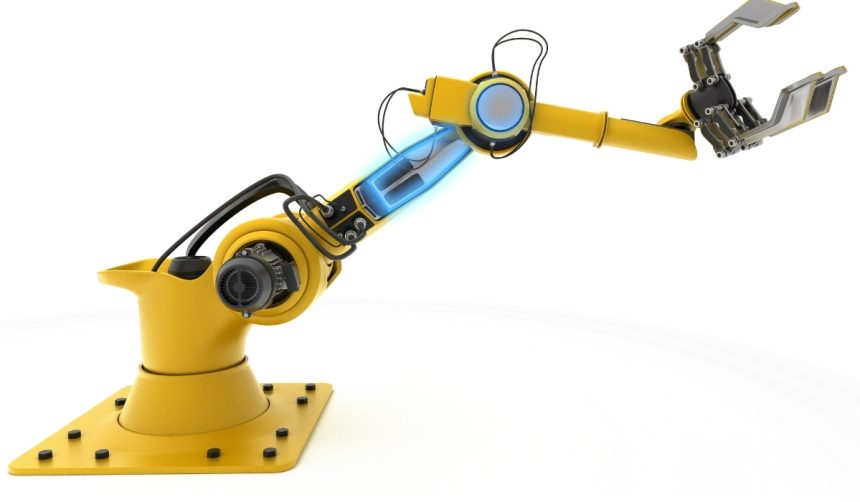Shoppers in Atlanta, Charlotte, Houston, Orlando, and Tampa will soon receive faster order deliveries directly to their doorstep, following the latest collaboration between Walmart Inc. and Wing Aviation LLC. This new initiative brings contactless service to more consumers, succinctly blending innovative logistics with retail for urban and suburban households. Broader adoption of drone technology could shape local economies while raising new considerations for city planning and airspace regulations and is likely to prompt other retailers to reassess their last-mile delivery strategies.
Earlier iterations of Walmart’s drone delivery tests were limited in geographic scope and frequency, focusing primarily on select neighborhoods within Northwest Arkansas and Dallas-Fort Worth. There was speculation about the scalability, regulatory barriers, and consumer adoption. This expansion into five additional large metropolitan areas and the projection of thousands of deliveries within thirty minutes shows Walmart’s continued push to deploy such services on a much larger scale. While early reports highlighted small-scale pilots and hesitancy from regulators, the current rollout operates within updated Federal Aviation Administration guidelines and takes advantage of new permissions for beyond-visual-line-of-sight (BVLOS) operations.
How Are Delivery Operations Structured?
Walmart is rolling out its drone delivery program at 100 additional stores, broadening coverage from its earlier regional pilots. Wing Aviation LLC deploys dual-propulsion drones—vertical lift motors facilitate takeoff and landing, while cruise motors handle longer-distance flights, enabling operations up to six miles from participating stores. In compliance with U.S. safety standards, these flights occur under Federal Aviation Administration (FAA) guidance, making same-day aerial deliveries possible in densely populated areas.
What Are Shoppers Ordering Most Frequently?
Consumer behavior indicates demand for essential items when using Walmart’s drone delivery. Orders frequently consist of grocery staples, such as eggs, fresh fruit, and ice cream, as well as urgent care necessities like over-the-counter medication, baby formula, and COVID-19 test kits. The rapid fulfillment time—products arrive within 30 minutes of ordering—caters to unforeseen or last-minute needs.
Which Partners Are Powering This Service?
Several drone partners, including Wing and Zipline, collaborate with Walmart to carry out these operations. In parallel, Wing, an Alphabet subsidiary, has extended similar capabilities to DoorDash and Brookfield Properties at large shopping centers, supporting over 400,000 commercial deliveries worldwide. Each provider leverages proprietary drone fleets designed for small-package deliveries, integrating their systems with Walmart’s ordering technology.
Integration of robotic delivery into Walmart’s logistics reflects an industry-wide interest in more efficient supply chains, but the regulatory landscape continues to influence rates of adoption. Drone deliveries tend to be reserved for lightweight, time-sensitive goods, which could limit long-term volume growth if regulations remain strict or infrastructure demands intensify. Buyers considering drone delivery should check which local stores participate, assess delivery fees, and watch for updates on permitted package weights or product types.
“We’re pushing the boundaries of convenience to better serve our customers, making shopping faster and easier than ever before.”
Service expansions by companies like Walmart, Wing, Zipline, and DoorDash represent ongoing efforts to integrate aerial delivery with existing infrastructure. While these partnerships underline confidence in the approach, actual consumer uptake depends not only on speed and convenience but also on factors such as cost, weather reliability, and regulatory developments. Neighborhood acceptance, local government cooperation, and noise levels will also be relevant topics for continued rollout. Shoppers and industry stakeholders should stay informed about where the service is active and evolving rules that govern urban airspaces. Business diversification through technology-driven initiatives may encourage improved logistics efficiencies, but measured progress and transparency will remain necessary for long-term viability.










